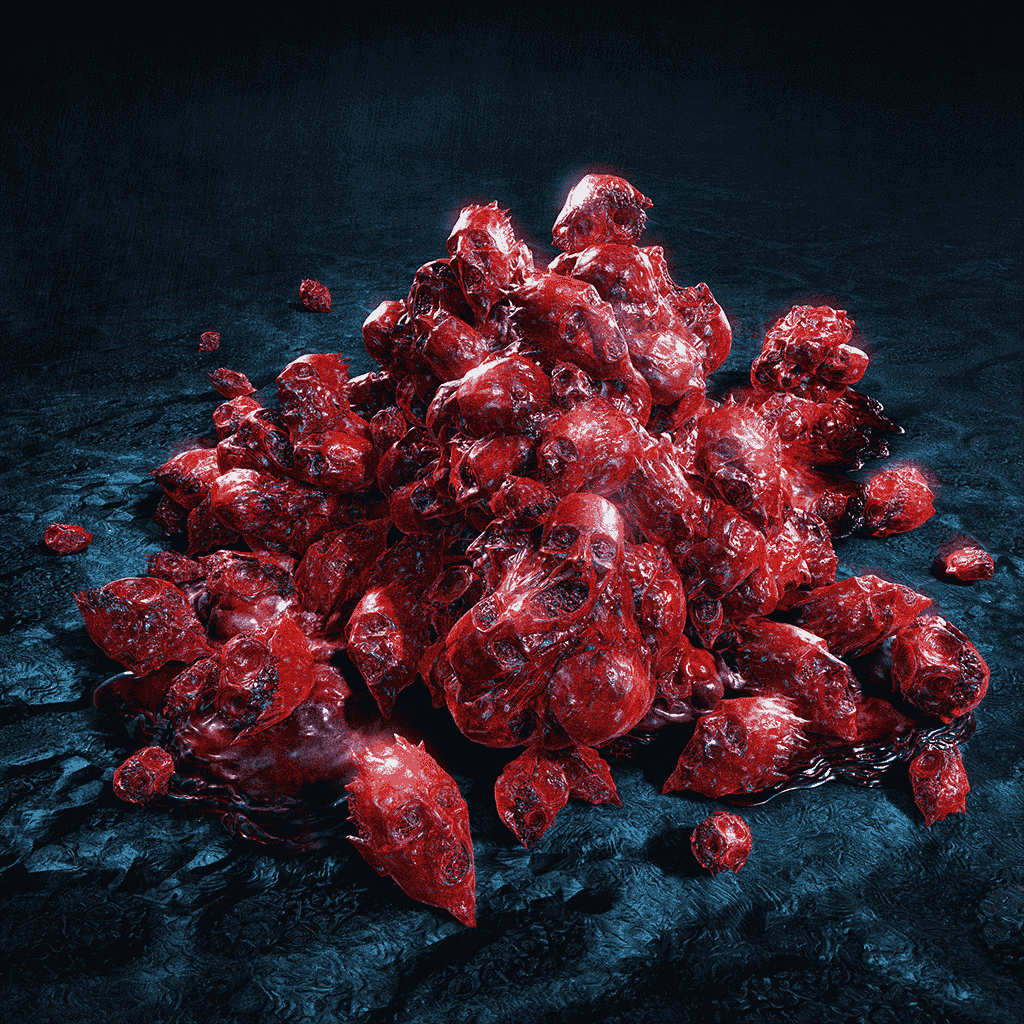Red Blood Cell
페이지 정보

본문
Our editors will review what you’ve submitted and BloodVitals insights determine whether to revise the article. University of Rochester Medical Center - Health Encyclopedia - What Are Red Blood Cells? The mature human red blood cell is small, BloodVitals SPO2 round, and biconcave; it appears dumbbell-formed in profile. The cell is versatile and BloodVitals home monitor assumes a bell form as it passes via extremely small blood vessels. It is coated with a membrane composed of lipids and proteins, lacks a nucleus, and incorporates hemoglobin-a red iron-wealthy protein that binds oxygen. The function of the crimson cell and its hemoglobin is to carry oxygen from the lungs or gills to all the body tissues and to hold carbon dioxide, a waste product of metabolism, to the lungs, where it is excreted. In invertebrates, oxygen-carrying pigment is carried free within the plasma; its focus in purple cells in vertebrates, so that oxygen and carbon dioxide are exchanged as gases, is more efficient and represents an necessary evolutionary improvement. The mammalian red cell is further adapted by missing a nucleus-the amount of oxygen required by the cell for its own metabolism is thus very low, and most oxygen carried can be freed into the tissues.
The biconcave form of the cell permits oxygen exchange at a constant fee over the most important possible space. The pink cell develops in bone marrow in several stages: from a hemocytoblast, a multipotential cell within the mesenchyme, it turns into an erythroblast (normoblast); throughout two to 5 days of growth, BloodVitals wearable the erythroblast regularly fills with hemoglobin, and its nucleus and mitochondria (particles in the cytoplasm that provide power for the cell) disappear. In a late stage the cell is called a reticulocyte, which finally becomes a fully mature crimson cell. The typical red cell in people lives 100-120 days; there are some 5.2 million pink cells per cubic millimetre of blood in the adult human. Though purple cells are usually round, BloodVitals insights a small proportion are oval in the traditional individual, and in certain hereditary states a higher proportion could also be oval. Some diseases also display purple cells of abnormal shape-e.g., oval in pernicious anemia, crescent-formed in sickle cell anemia, and with projections giving a thorny look in the hereditary disorder acanthocytosis. The variety of purple cells and the amount of hemoglobin differ among different people and under completely different situations; the number is larger, for example, in individuals who dwell at excessive altitudes and within the illness polycythemia. At birth the red cell count is excessive; it falls shortly after start and progressively rises to the adult stage at puberty.
Posts from this topic might be added to your day by day e mail digest and your homepage feed. Posts from this subject will probably be added to your every day electronic mail digest and your homepage feed. Posts from this subject might be added to your day by day e mail digest and your homepage feed. Posts from this author will likely be added to your day by day email digest and your homepage feed. Posts from this writer can be added to your each day e-mail digest and your homepage feed. Five years since the primary Apple Watch and a full seven years on from Samsung’s Galaxy Gear, we know what a smartwatch is. We all know that it’s not going to substitute your smartphone anytime soon, that it will should be charged each day or two, and that its greatest functions are for health monitoring and seeing notifications when your phone isn’t in your hand. Samsung’s latest smartwatch, the $399-and-up Galaxy Watch 3, does not do something to change those expectations.
In reality, there isn’t much difference between the Galaxy Watch 3 and any smartwatch that’s come out in the past few years - not less than in terms of core performance. If you’ve managed to disregard or avoid smartwatches for the past half-decade, the Watch three isn’t going to change your thoughts or win you over. None of that is to say the Galaxy Watch 3 is a nasty smartwatch or even a nasty product. Quite the opposite, the Watch three fulfills the definition and BloodVitals tracker expectations that we’ve accepted for smartwatches completely adequately. It does the things we count on a smartwatch to do - monitor your activity and supply fast entry to notifications - simply tremendous. And if you’re an Android (and even better, a Samsung) phone proprietor looking for a new smartwatch, the Galaxy Watch three is a effective pick. The Galaxy Watch 3 follows Samsung’s tradition of constructing a smartwatch look similar to a traditional watch, complete with a round face.
The truth is, the design is almost identical to the Gear S3 Classic from 2016: a spherical face with two spherical pushers on the side. In comparison with the Galaxy Watch, its closest predecessor, the Watch three has a much less sporty, dressier design that appears to be meant for extra on a regular basis wear versus a devoted operating watch. The Watch three is also barely smaller and lighter than the Galaxy Watch. But make no mistake, this is not a small watch. I’ve been testing the bigger 45mm variant, and painless SPO2 testing it’s huge and thick on my average-sized wrists. Those with small wrists can even possible find the 41mm model too huge to wear. If you want huge watches, you’ll be blissful here, but when you’re searching for something sleeker and smaller, the Galaxy Watch Active 2 is a greater choice. Samsung did enhance the dimensions of the show on the 45mm version to 1.4 inches, which is actually quite giant and makes the watch look even bigger on the wrist.

- 이전글A brief Course In Highstakes Casino Download 25.09.01
- 다음글What's The Job Market For Car Locksmith Emergency Professionals Like? 25.09.01
댓글목록
등록된 댓글이 없습니다.